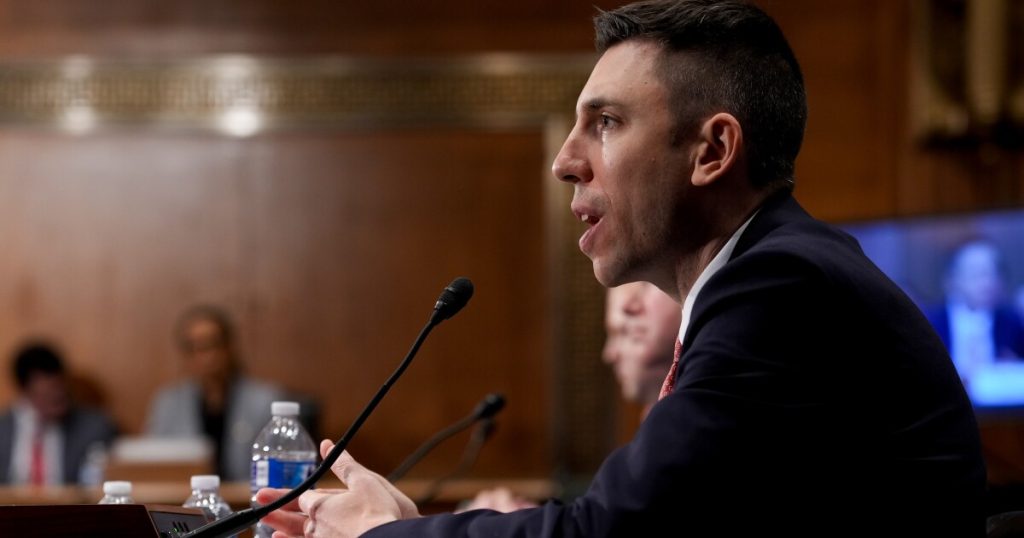- Key insight: Quarterly bank profits rebounded to $79.3B, up 13.5% from Q2, as provision expenses fell sharply and net interest margins widened.
- Supporting data: Provision expenses dropped 30.7% after Q2 charges tied to the Capital One–Discover merger.
- Forward look: Lawmakers are weighing targeted deposit insurance reforms, including raising coverage for non-interest-bearing business accounts to $10 million.
WASHINGTON — Banks’ quarterly earnings went up in the third quarter as lower provision costs and higher net interest income pushed industry profitability to its highest level in 2025, according to the Federal Deposit Insurance Corp.’s Quarterly Banking Profile report.
The sector reported $79.3 billion in net income, a 13.5% increase from the Q2, resulting in a 1.27% return on assets. The improvement came mostly from a sharp drop in provision expenses, which were down 30.7% this quarter, driven primarily by the completion of the Capital One-Discover merger in June, which had inflated provision charges in the second quarter.
“The quarter over quarter numbers are a little skewed from the Capital One-Discover merger the prior quarter,” Acting FDIC Chair Travis Hill said. “But it was still a very solid quarter regardless, with stable credit quality, improving [net interest margins] and strong loan growth.”
Banks had a more promising third quarter than
The industry’s net interest margin widened 9 basis points to reach 3.34% percent, above its pre-pandemic average, as yields outpaced funding costs.
Asset quality held steady, but showed some signs of continued stress. Past-due and nonaccrual loans stayed at 1.49% of total loans, well below pre-pandemic levels, while distress in non-owner-occupied Commercial Real Estate, multifamily, auto and credit-card portfolios remained above historical norms.
“The industry’s quarterly net charge off rate of 0.61% increased one basis point from last quarter, but it’s five basis points lower than the year ago [third] quarter,” an FDIC spokesperson said at the quarterly briefing. “The industry’s net charge off rate was 13 basis points higher than the pre-pandemic average of 0.48% but significantly below the peaks during the great financial crisis.”
Net charge-offs increased by 1 basis point to 0.61%, remaining low by historical standards. Unrealized losses on securities continued to ease in Q3, dropping 14.7% from Q2 and 7.4% year-over-year to settle at $337.1 billion, as both available-for-sale and held-to-maturity portfolios benefited from changes in the market.
Total industry assets reached $25.1 trillion, an increase of 0.5%, driven by a $159 billion increase in loans and leases, higher trading assets, and modest securities growth.
Deposits continued to rise, though much of the growth is in riskier uninsured deposits. Overall domestic deposits increased for the fifth quarter in a row, rising $92.2 billion, though it is estimated that uninsured deposits accounted for nearly the entire increase. The number of problem banks fell to 57, which is within the normal range for a non-crisis period, and the Deposit Insurance Fund ratio climbed 4 basis points to 1.40% as the fund balance hit $150.1 billion.
The FDIC responded to questions about the ongoing debate over reforming deposit insurance, given that lawmakers are
Acting Chair Hill said the conversation was welcome and productive, but declined to take a formal stance.
“The notion that Congress might want to take a look at this, given that it’s been more than 15 years since there have been any changes, given what we

